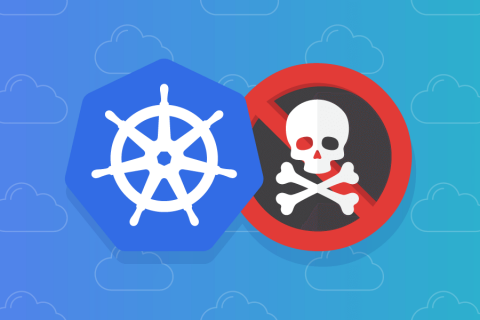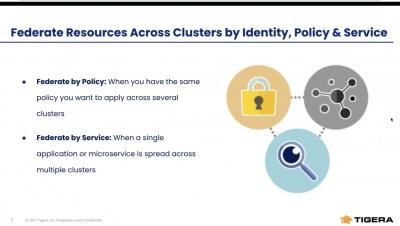Security | Threat Detection | Cyberattacks | DevSecOps | Compliance
Tigera
Beyond the network: Next Generation Security and Observability with eBPF - Shaun Crampton, Tigera
Threats targeting Kubernetes and Defences
Securing Kubernetes workloads at Discover Financial Services
CVE-2021-31440: Kubernetes container escape using eBPF
In a recent post by ZDI, researchers found an out-of-bounds access flaw (CVE-2021-31440) in the Linux kernel’s (5.11.15) implementation of the eBPF code verifier: an incorrect register bounds calculation occurs while checking unsigned 32-bit instructions in an eBPF program. The flaw can be leveraged to escalate privileges and execute arbitrary code in the context of the kernel.
Unified Controls | Tigera
How Calico Cloud's runtime defense mitigates Kubernetes MITM vulnerability CVE-2020-8554
Since the release of CVE-2020-8554 on GitHub this past December, the vulnerability has received widespread attention from industry media and the cloud security community. This man-in-the-middle (MITM) vulnerability affects Kubernetes pods and underlying hosts, and all Kubernetes versions—including future releases—are vulnerable. Despite this, there is currently no patch for the issue.
TeamTNT: Latest TTPs targeting Kubernetes (Q1-2021)
In April 2020, MalwareHunterTeam found a number of suspicious files in an open directory and posted about them in a series of tweets. Trend Micro later confirmed that these files were part of the first cryptojacking malware by TeamTNT, a cybercrime group that specializes in attacking the cloud—typically using a malicious Docker image—and has proven itself to be both resourceful and creative.










